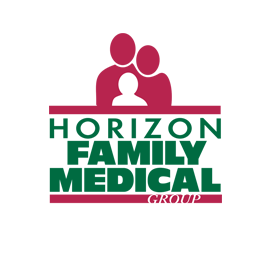If you experience the winter blues, you’re not alone. Many people experience “short periods of time where they feel sad or not like their usual selves,” according to the National Institute of Mental Health (NIMH). What you’re experiencing might be seasonal affective disorder, or SAD.
SAD sometimes occurs during the winter months when the days get shorter. When spring rolls around and the days get longer, people sometimes start to feel better.
How do I know if I have SAD?
SAD has similar signs and symptoms of depression and usually follows a pattern of 4-5 months before people start to improve.
The NIMH put together the list below to help you in determining whether you might have SAD—we also strongly encourage you to make an appointment to talk to your healthcare professional if you feel like you’re experiencing any of these depression symptoms:
- Feeling depressed most of the day, nearly every day
- Losing interest in activities you once enjoyed
- Experiencing changes in appetite or weight
- Having problems with sleep
- Feeling sluggish or agitated
- Having low energy
- Feeling hopeless or worthless
- Having difficulty concentrating
- Having frequent thoughts of death or suicide
For winter-pattern SAD, additional specific symptoms may include:
- Oversleeping (hypersomnia)
- Overeating, particularly with a craving for carbohydrates
- Weight gain
- Social withdrawal (feeling like “hibernating”)
Specific symptoms for summer-pattern SAD may include:
- Trouble sleeping (insomnia)
- Poor appetite, leading to weight loss
- Restlessness and agitation
- Anxiety
- Episodes of violent behavior
What do I do if I have SAD?
First and foremost, talk with your healthcare providers. They may recommend several treatment options, including light therapy, psychotherapy, medication, and even vitamin D.
If you or a loved one is showing signs of SAD, take action. If you need help making an appointment, reach out to trusted friend or family member and call us at 1-800-859-0085.

